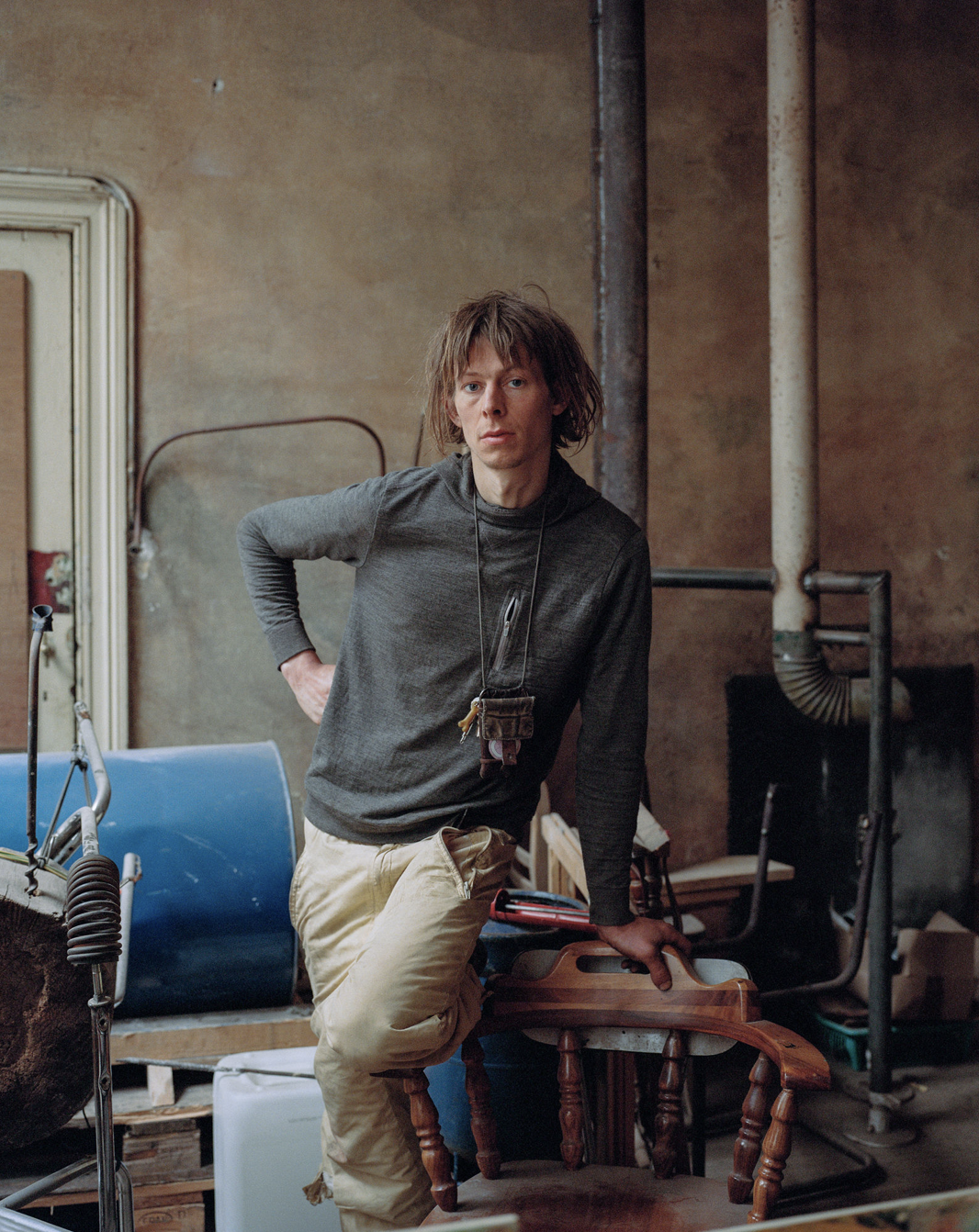
SHU LEA CHEANG (TW/USA)
American artist Shu Lea Cheang (b. 1954) is regarded as a pioneering figure in internet based art, Cheang's multimedia approach is at the interface between film, video, internet-based installation, software interaction and durational performance. Employing multidisciplinary techniques, Cheang's works explore issues that are in a state of constant flux, including racial relations, the ecological impact of humans, the ethics of biotechnology, and sexual politics. Cheang seeks to challenge the positions taken by the popular media, institutions and the government.
Cheang's networked assemblages and multi-player performances are either choreographed or delivered in impromptu set-ups. Drawing on imaginary science-fiction narratives and transgressive subplots, to invite if not coerce public participation. Cheang concluded her 20 years spent in New York with BRANDON (1998-1999), the first Guggenheim Museum web art commission/collection. Cheang relocated to Europe in 2000, where she has since initiated several collectives to pursue large scale collaborative performative works, while still focusing on her own cross-gender-genre approach to art. Proclaiming the Net has crashed, Cheang moves on to invent BioNet where she finds viral love and hacks the ‘bio-tech’ in her current cycle of work.
Shu Lea Cheang lives and works in Paris, France.

Thomas Rodriguez (FR)
Thomas Rodriguez founded AFF, Archive Furkablick Furkart, in 2014. Primarily comprised of communication documents and ephemera, this archive was used in the creation of the book "Furkart ephemera," released in 2019. The archive has been exhibited since 2019 in various locations across Europe, including Greylight in Brussels and Heerlen in the Netherlands, as well as at Muhka in Antwerp, Château d'Oiron in France, and SIS123 in La Chaux-de-Fonds, Switzerland.

Regan Elena (USA/FR)
Regan Elena is a visual researcher and writer whose practice namely explores the intersection of the photographic arts and literature. She considers the latter to be a transformative medium of cultural memory. At the heart of her work, Elena reimagines the bounds and breadth of visual narratives. Her lens of preference is that of language.
Currently contributing as archivist for Radicale1924, Elena’s epistemological approach reflects upon the essence of an archive — digital and physical — in anticipation of the culmination of the project.
She currently lives and works in Paris.

Dennis Van Mol (BE)
Dennis Van Mol is an author, gallery owner, and magician with isms. After his dissertation on the difficult breakthrough of modern isms in Flanders (1906-1933), he co-founded Walden Art Stories in 2017, a gallery and expertise center for interbellum art. In 2022, he launched the contrarian gallery project Arrière-garde. Since 2023, he has been involved with the Paul van Ostaijen Society for a series of exhibitions about this art critic and poet who wanted to change the world.

LEENDERT VAN ACCOLEYEN ( Belgium, 1991)
Born in Aalst (BE), lives in Antwerp (BE).
Leendert van Accoleyen: Building for Freedom
The Belgian visual artist Leendert van Accoleyen is an intriguing outsider within contemporary art because he finds unconventional and sometimes acrobatic ways to engage with spatial sites, nature, and social imperfections. He studied both sculpture and fine arts at Sint-Lukas in Ghent, percussion at the Conservatory in Antwerp, and later obtained his BA and MA at the Royal Academy of Fine Arts in Antwerp. Although he graduated with great distinction as a visual artist, he shows a remarkable humility in his contemporary art practice. He expresses himself in fields, meadows, and urban sites, where he performs utopian interventions as a bricklayer, construction worker, tent builder, or tree-mover. A fresh breeze through the artistic landscape.
In his work, Leendert Van Accoleyen always reaches for the impossible. He defies gravity with constructions that force beams, planks, and other large and heavy objects into the air. For instance, he placed a military tent atop a fifteen-meter-high structure of iron rods. He consistently uses only human power; no cranes or lifts are involved. In another project, the artist attempts to give a fallen tree—found lying from root to crown—a new and free life. Although the fallen giant evokes ideas of decline and the end of life, the artist does the (almost) impossible to raise the tree again and even equips it with wheels. All of this is done in a loving attempt to give this tree a second life, in which it can do even more than ever before: move, heading towards adventure and freedom.
excerpt text : H.W. for M_hka
image ©Isabelle Pateer

TAMARA BEHEYDT ( Belgium, 1991)
Tamara Beheydt is an art historian and a freelance art-writer. She is part of the core group of editors of Glean Magazine, and frequently publishes contributions for other written media such as Openbaar Kunstbezit Vlaanderen and De Tijd. She writes exhibition texts or portfolio texts for artists, and occasionally performs as a public speaker during panel conversations, lectures, or artist talks. From an interest for and belief in the value of contemporary art for the human community, she commits to providing a supporting platform to artistic discourses and to maintaining a critical overview of developments in the cultural field.
image : Charlotte Van Noten






